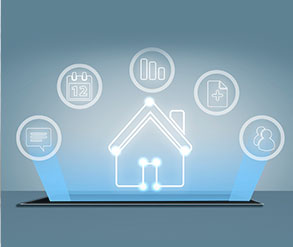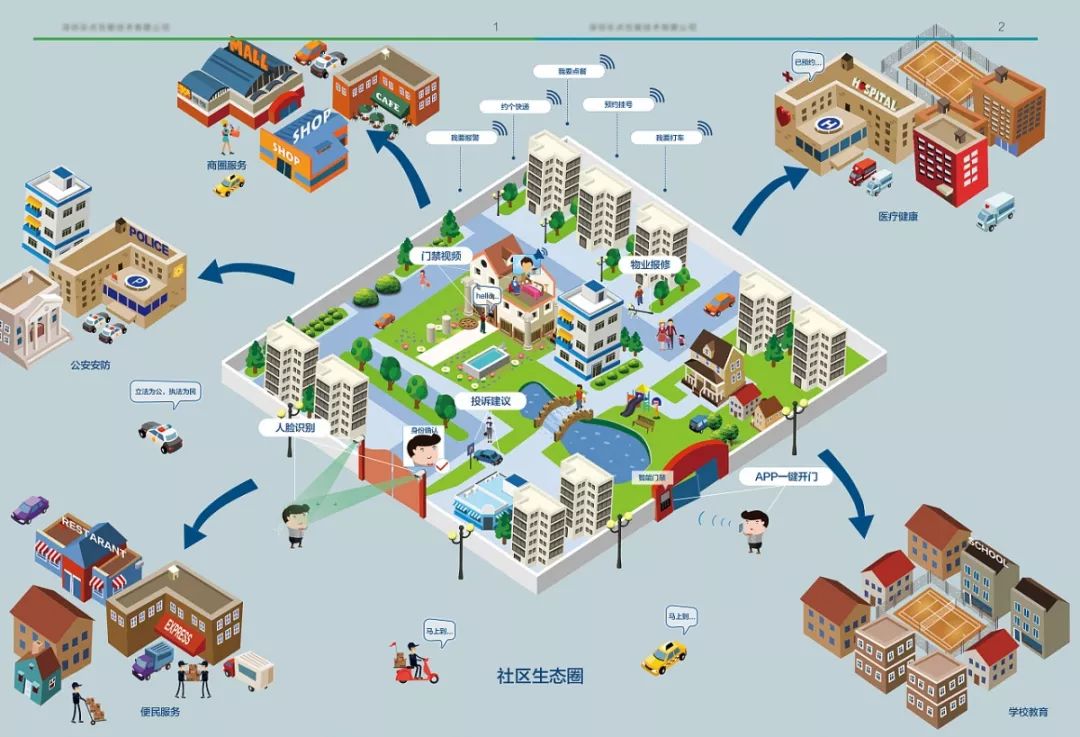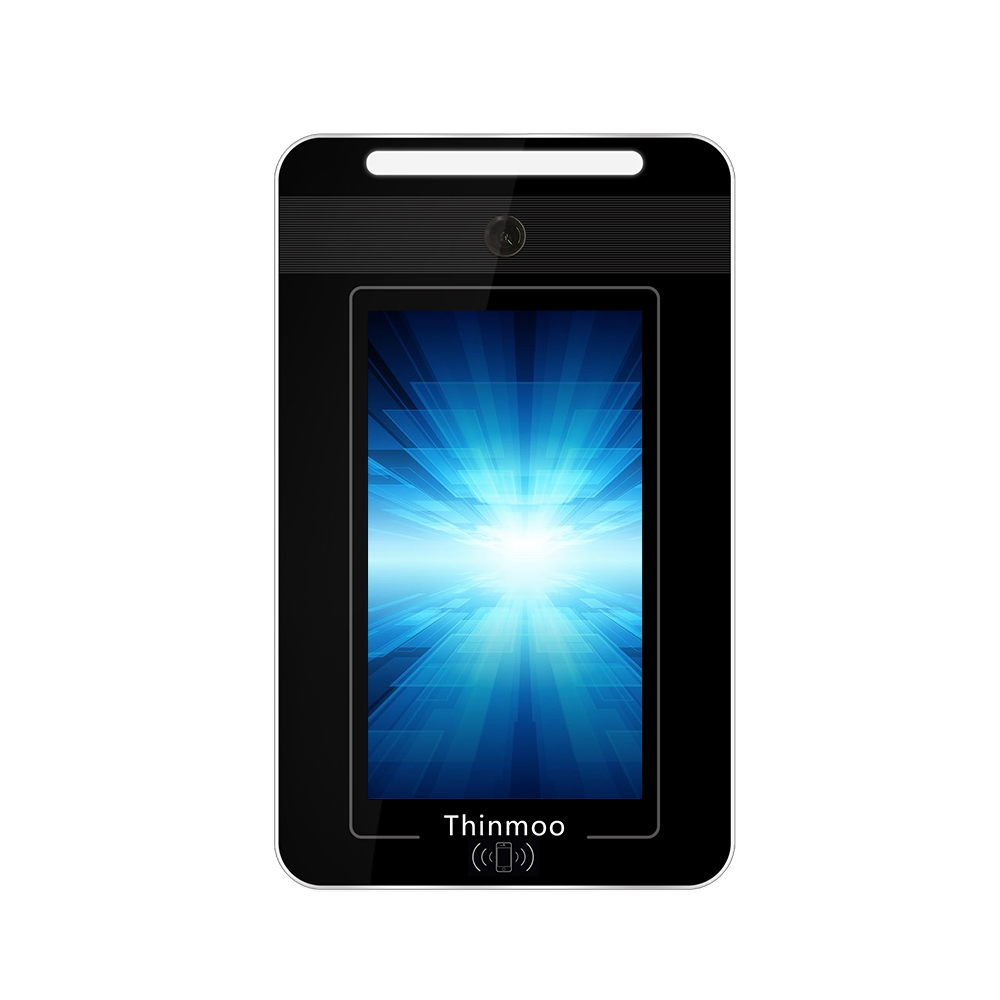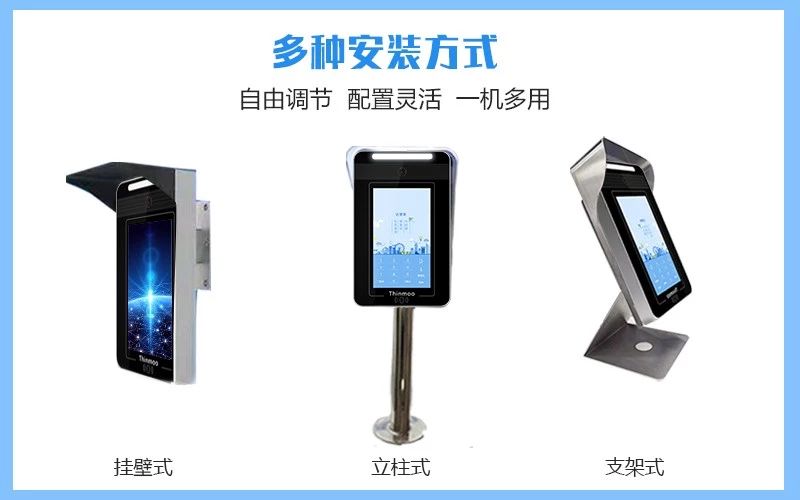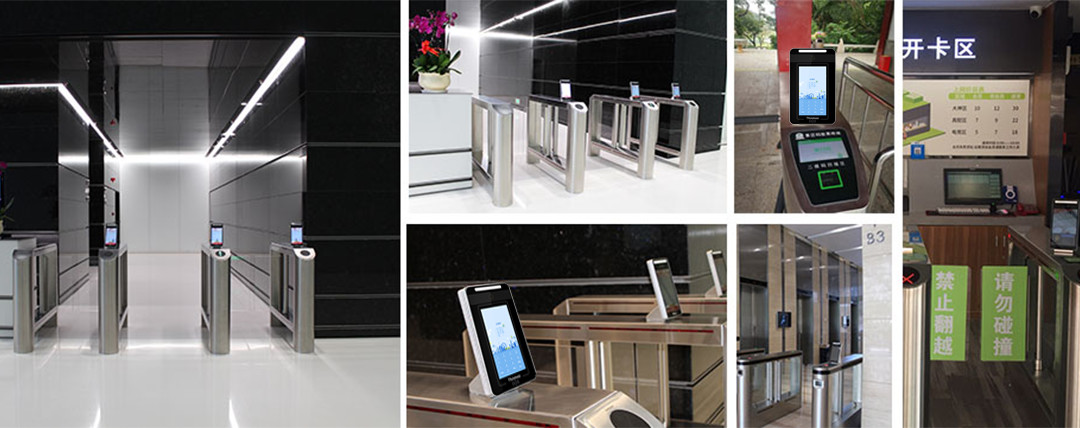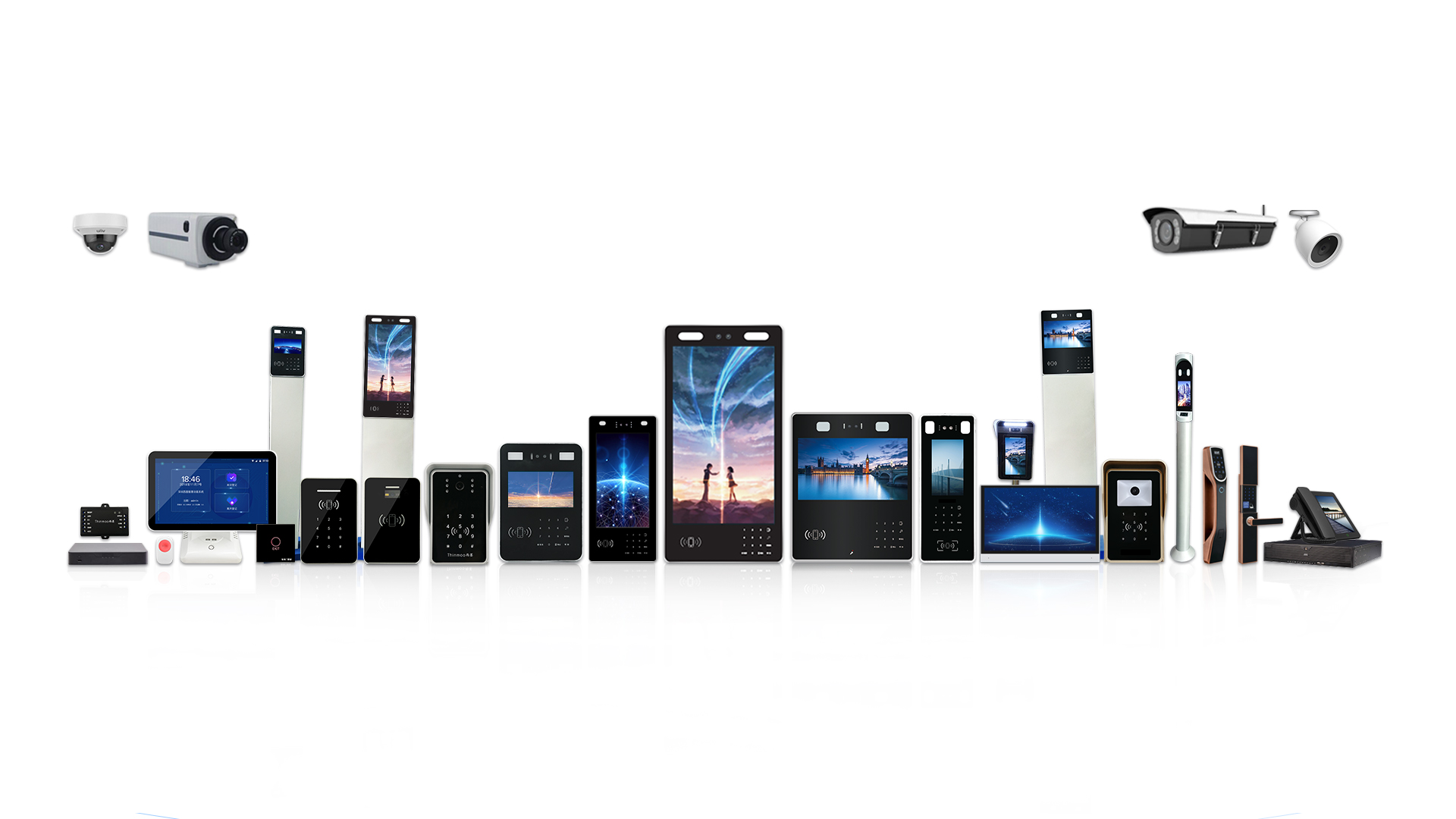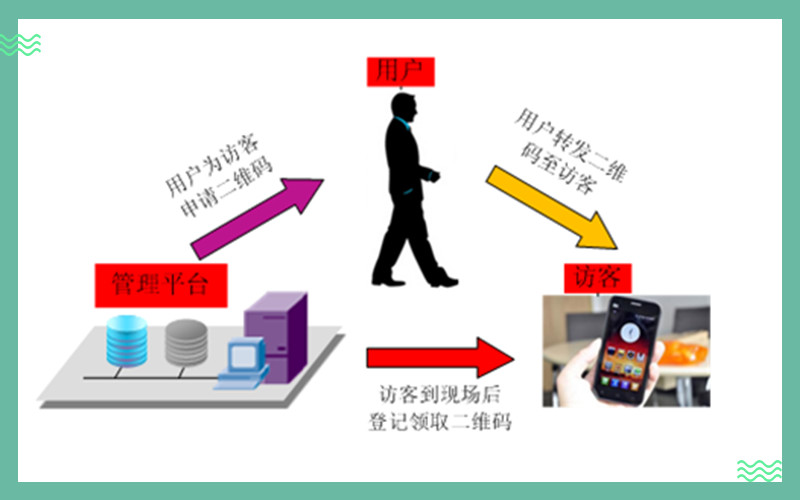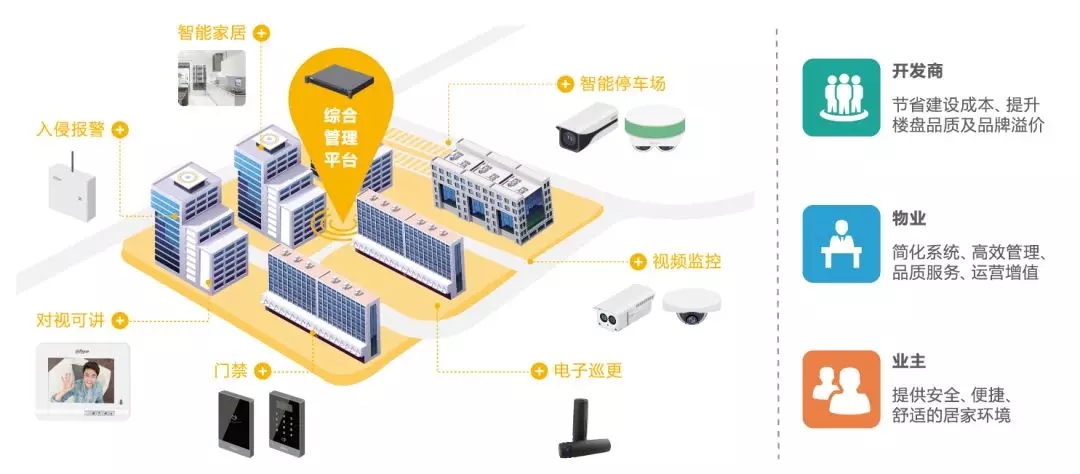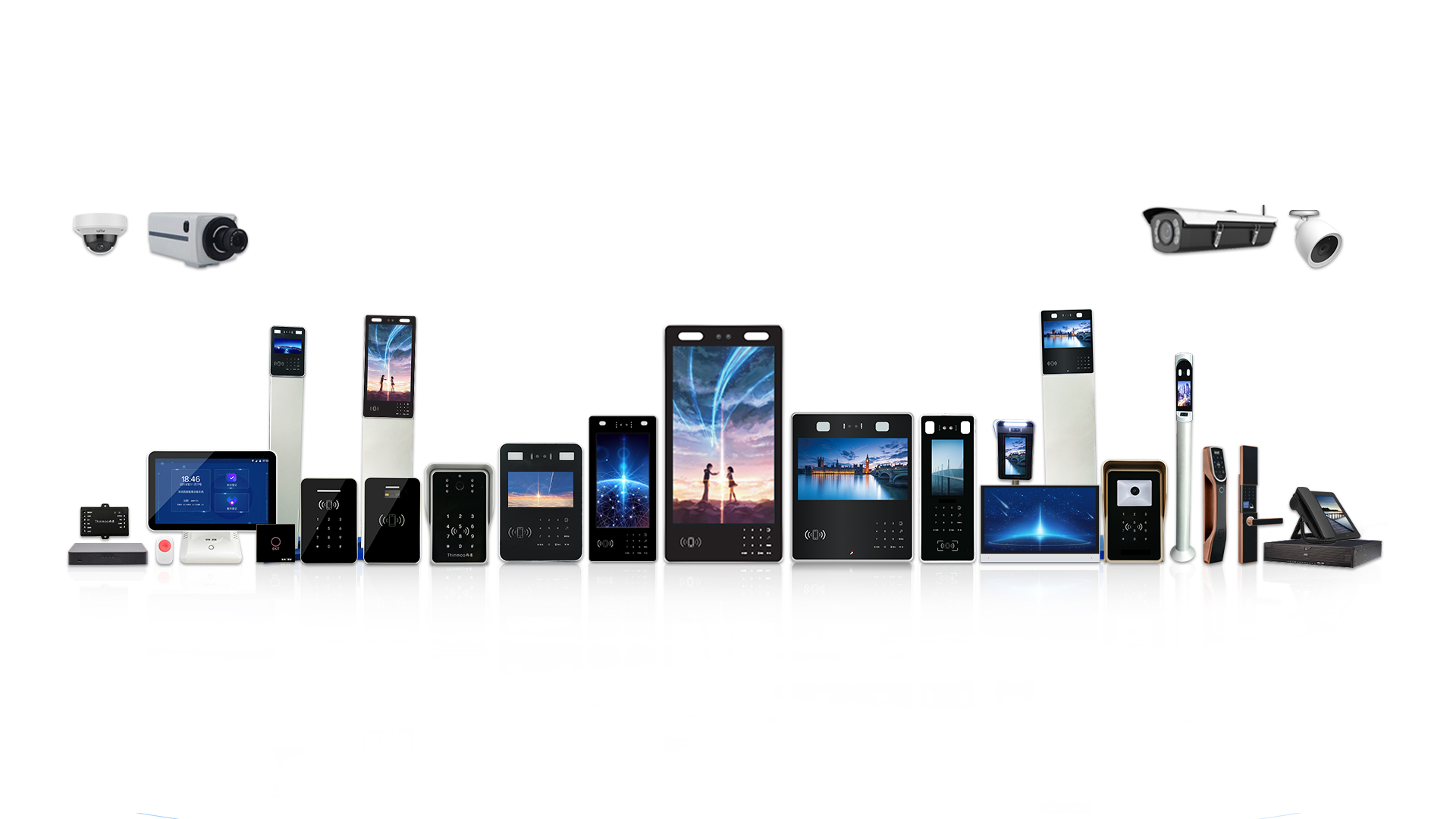Urban big data refers to the data generated or obtained during the operation of the city. It is an organic system composed of elements related to information collection, processing, utilization and communication capabilities. It is an important strategic resource for national economic and social development. Understand the formula can be expressed as: urban big data = urban data + big data technology + urban functions.
The data sources of urban big data are rich and diverse. They exist in various fields and sectors of the economy and society. They are the sum of various types of data such as government affairs, industries, and enterprises. At the same time, urban big data has significant heterogeneous characteristics, rich data types, large numbers, fast growth rates, high processing speed and real-time requirements, and has the characteristics of cross-sector and cross-industry flow.
According to different data sources and data ownership, urban big data can be divided into big data of government affairs, big data of industry and big data of social welfare. Big data of government affairs refers to all kinds of information resources, such as documents, materials, charts, and data, which are produced or obtained by government affairs departments in the course of performing their duties, and which are recorded and stored in a certain form. Industrial big data refers to relevant data generated during economic development, including industrial data, service industry data, and so on.
In addition, there are some big data on social welfare. At present, urban big data is mostly government affairs big data and industry big data, so the main promoters of urban big data should be a city's government and related enterprises with a certain data size.
To ensure the safe and efficient operation of cities, the construction of smart cities requires the collection, integration, storage and analysis of massive data resources, and the use of big data technologies such as intelligent perception, distributed storage, data mining, and real-time dynamic visualization to achieve reasonable resource allocation . Therefore, urban big data is the key support for the realization of urban intelligence, and an important engine for promoting "political communication, benefiting the people, and promoting industry".
Challenges to the development of new smart cities
The development of new data-driven smart cities faces many problems. According to the white paper, although local governments and enterprises at all levels are actively exploring the construction of smart cities, there are still problems such as unknown characteristics, poor experience, and insufficient sharing. The root cause lies in the failure to achieve a good integration of urban big data resources and urban business.
Specifically, the challenges include three aspects: first, the information system is full of chimneys, which hinders data sharing; second, data governance is generally weak, and the value is greatly reduced; third, the level of data management is different, and the overall linkage is lacking.
How to deal with the difficulties and challenges in the construction of a new type of smart city? The white paper believes that the construction of urban big data platforms can play a positive role, which is reflected in three aspects.
I. Accelerating the integration of information resources through data collection
First, the city's big data platform has established a unified standard for data governance to improve data management efficiency. Through unified standards, problems such as data chaos, conflicts, and multiple sources are avoided. Through centralized processing, the "validity period" of the data is extended, and multi-angle data attributes are quickly mined for analysis and application.
Through quality management, problems such as uneven data quality, data redundancy, and missing data are discovered and resolved in a timely manner. Second, the city's big data platform regulates the sharing and circulation of data between various business systems and promotes the full release of data value. Through the overall management, the "privatization" of information resources in various departments and the mutual constraints between various departments are eliminated, the awareness of data sharing is enhanced, and the motivation for data openness is increased. Through effective integration, improve the utilization level of data resources.
Improving the level of government public services through accurate analysis
In the field of transportation, through real-time traffic monitoring such as satellite analysis and open cloud platforms, to sense traffic conditions and help citizens optimize travel plans; in the area of safe cities, through centralized monitoring and analysis of behavior trajectories, social relations, social public opinion, etc. Provide strong support for decision-making, intelligence research and judgment.
In the field of government services, relying on a unified Internet e-government data service platform to achieve "more data walk, less people errands"; in the field of medical health, through the exchange of data such as health files, electronic medical records, can not only improve the quality of medical services, Monitor the epidemic in time to reduce medical risks for citizens.
3. Promote the development of urban digital economy through data opening
The open and shared big data platform will promote the two-way docking of government and enterprise data and stimulate social forces to participate in urban construction. On the one hand, companies can obtain more city data, tap business value, and improve their business level.
On the other hand, the data of enterprises and organizations contribute to a unified big data platform, which can "feed back" government data, support the refined management of cities, and further promote modern urban governance.
Six aspects to promote platform construction
At present, the construction of China's urban big data platforms is still in its infancy, and each region has its own advantages and disadvantages in terms of management mechanisms, business architecture and technical capabilities, which is not conducive to the long-term development of urban big data platforms. For the specific path of building a city's big data platform, the white paper puts forward six suggestions.
First, strengthen the top-level design of the platform
The scientific and reasonable top-level design is the key to the construction of urban big data platforms. It is necessary to proceed from the implementation of national macro policies and combine local actual needs to consider all aspects of platform goals, data sovereignty, key technologies, legal environment, and implementation functions. "Starting point, high positioning, stable landing" carried out the top-level design of the platform to ensure that the construction of the city's big data platform continues to progress with goals, directions, paths, and rhythms, and iteratively updates and innovates according to the progress of the project.
Improving the platform supporting mechanism
The construction and operation of urban big data platforms must have corresponding supporting guarantee mechanisms, and give full play to the guiding and supporting role of the guarantee mechanisms to ensure that the planning and construction of the platform are coordinated and the overall effectiveness of the platform is realized.
For example, establishing a city big data resource management mechanism, clarifying the centralized management department, data collection unit, and sharing and open methods of data content; establishing a city big data platform operation management mechanism, clarifying the content and management of data, processes, and security during platform use Standards to ensure the continued stable operation of the platform.
Strengthening data management
Strengthen urban big data management and achieve standardized management of the entire process from data collection to data assetization. Clarify data ownership and benefit distribution, as well as personal information protection and management responsibility for the entire life cycle of data. Clarify the classification and management of data resources and improve data resource management standards.
Classification refers to accurately describing the basic data types of the government through the characteristics of multidimensional data; classification refers to determining the sensitivity of various types of data, formulating corresponding strategies for the opening and sharing of different types of data, and improving data collection, management, exchange, architecture, evaluation and certification And other standards to promote the introduction of basic specifications and standards for data sharing and openness.
Taking the compilation of resource catalogs, the integration of resource integration, and the exchange and sharing of platforms as the three standard steps, adhere to the "one source and one source", multiple checks, and coordinate the construction of the government information resource catalog system and shared exchange system. Establish a scientific and reasonable data classification system, integrate data in different fields and multiple formats, and use multiple search methods, analysis tools, and applications to facilitate users to find and use data content.
Construction and operation of platform based on local conditions
The construction and application of urban big data platforms must be combined to avoid the phenomenon of placing heavy emphasis on platform construction and light platform use. The data resources of government, industry and city are extremely complicated. It is necessary to clarify the rights attributes of platform data resources to ensure the ownership of data ownership.
The government has the ownership of government data resources. Internet companies often have advanced data technology and professional teams with Internet thinking. Local companies have a clearer and more accurate understanding of local talent resources, market environment, and industrial development. Revitalize the resources of governments, Internet companies, local companies and other parties to participate in the construction and operation of the platform.
The data governance and operation system of the urban big data platform is quite complex. There is no fixed model for the model and path of platform construction. It is necessary to give play to the subjective initiative of all parties, adapt to local conditions, tap local advantages, highlight local characteristics, and provide strong support for urban big data decisions. .
V. Comprehensive evaluation of urban big data
Provincial and municipal big data authorities should formulate long-term platform operating mechanisms and evaluation methods, establish sound reporting, inspection, and evaluation mechanisms, design quantitative assessment content and standards, strengthen platform data quality control, and make good use of urban big data platforms.
Strengthen the post-evaluation and project audit of urban big data platform projects, and strengthen audit and supervision of data resource construction and data sharing openness, data quality, and security. Scientifically build a comprehensive evaluation index system for urban big data platforms, carry out comprehensive evaluation of the effectiveness of urban big data platforms, guide the construction of big data platforms across cities, and continuously improve the effectiveness of urban big data platforms.
Six, strengthen platform data security
Urban big data platforms contain a large amount of government affairs and industrial data, involving national interests, public safety, trade secrets, and personal privacy, and are highly sensitive. Therefore, it is necessary to strengthen the building of platform data security capabilities.
Implement basic systems such as level protection, security assessment, electronic certification, and emergency management, establish a security assessment mechanism for data acquisition, transmission, storage, use, and openness, and clarify the protection scope, subjects, responsibilities, and measures of data security. To study and formulate data rights guidelines, data benefit distribution mechanisms, and data circulation and trading rules, clarify the data responsibility subjects, and increase protection for technology patents, digital copyrights, digital content products, and personal privacy.


